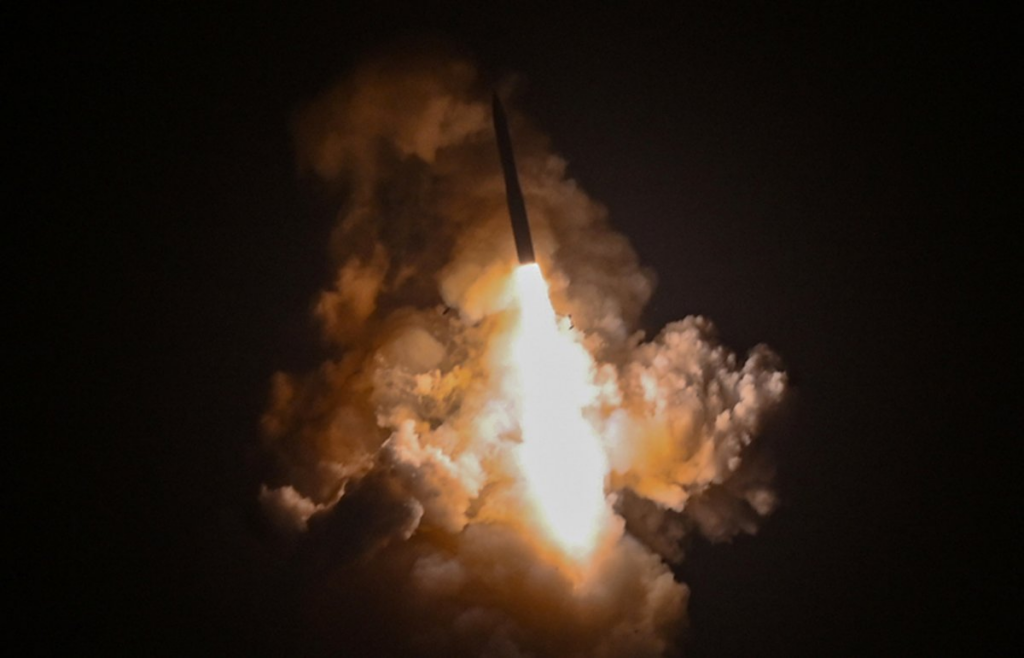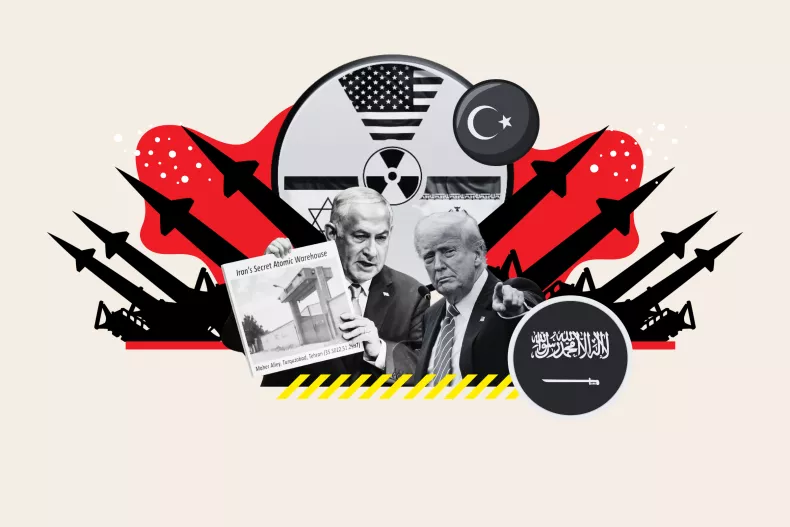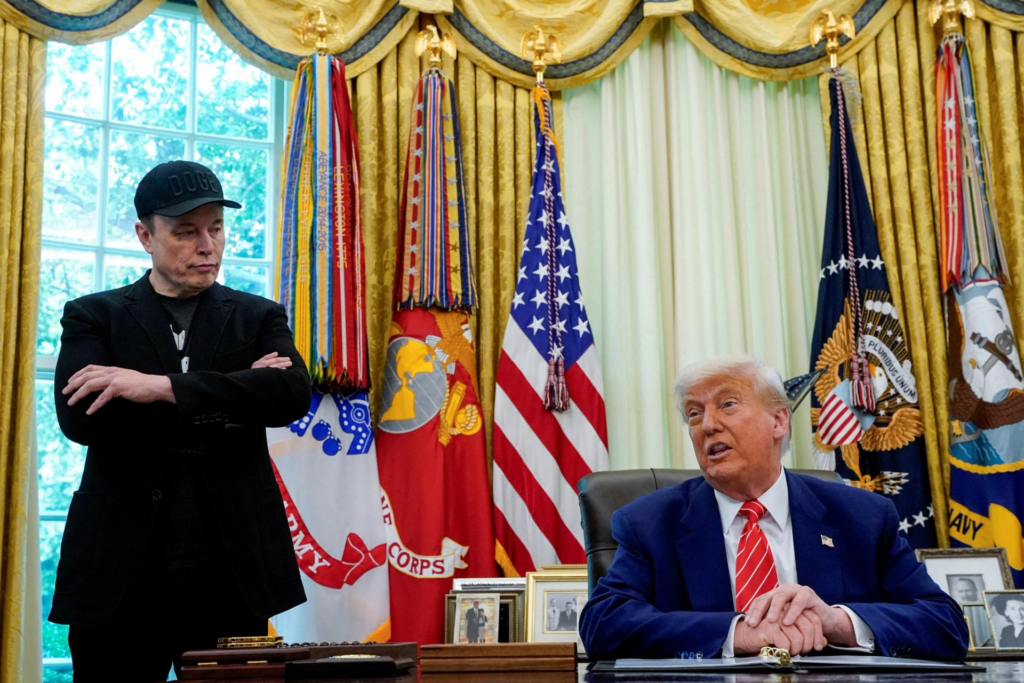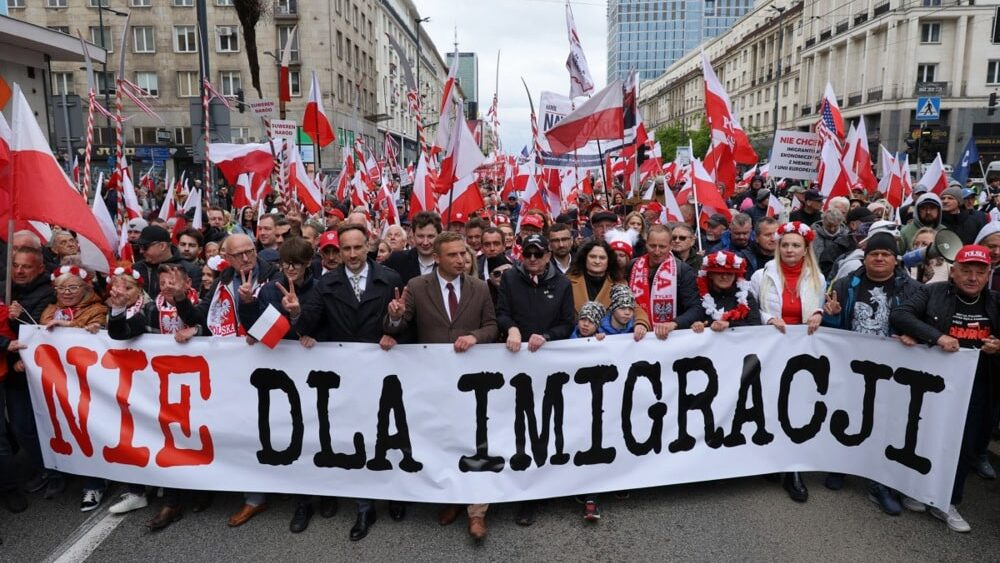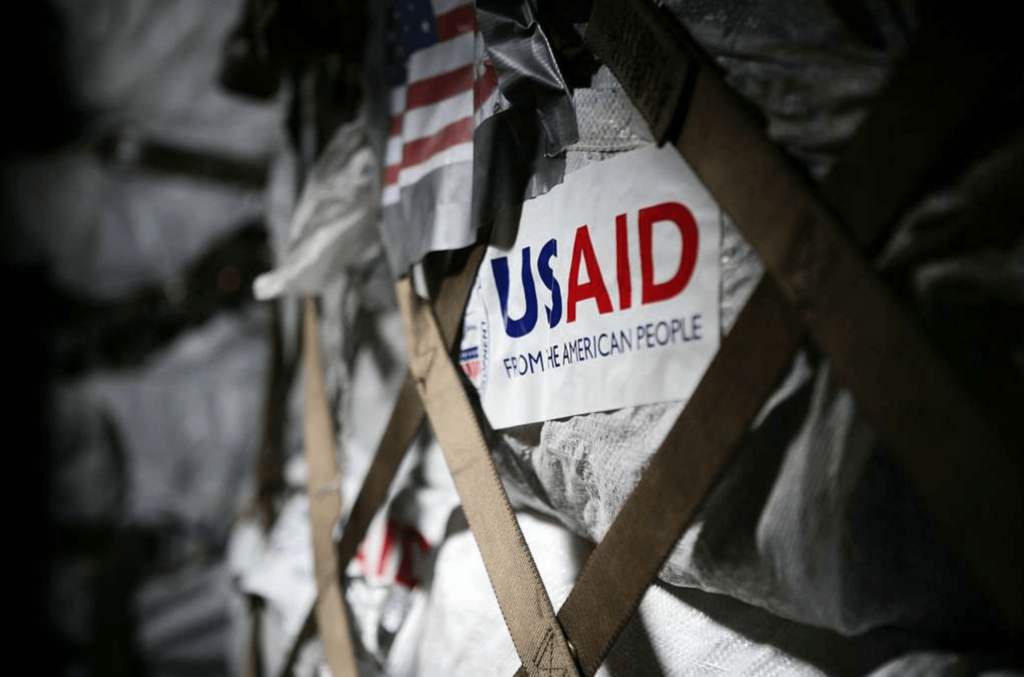Should Our Resistance Enrich Or Transcend Marxism?

Not long ago a Jacobin article (re-posted on ZNet) argued that we need more Marxism. To my eyes the tone was if we aren’t Marxist we aren’t materialist, if we aren’t materialist we don’t believe in reality, and if we pay inadequate attention to reality we will chase rainbows and succumb to mis-leadership. Conclusion, we need to be Marxist materialists. As steadily more people become deeply disenchanted, then horrendously horrified, then outstandingly outraged at today’s world, and in response want to do something about it, there will be offers of helpful guidance. Smart people, confident people who have scads of answers, will offer tools to utilize and concepts to employ to make sense of what is happening and of means to make things better. Follow our lead. Sign on with us. Their offer will be helpful if the offered tools and concepts are well suited to the world we face and the tasks we undertake.

